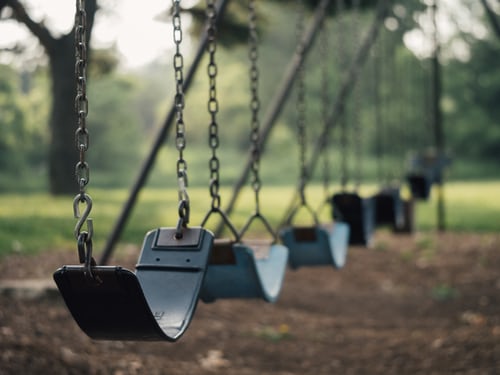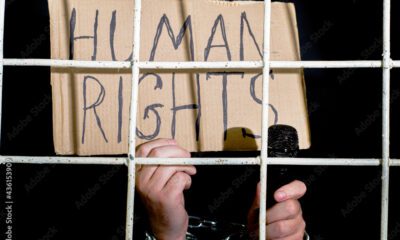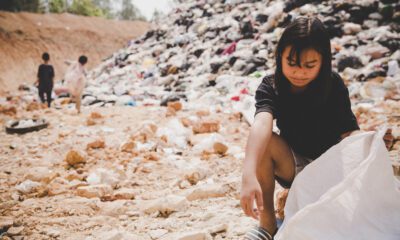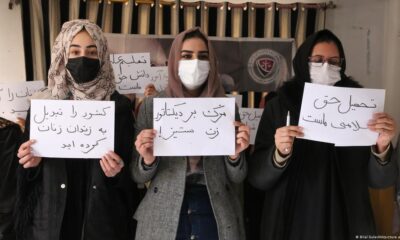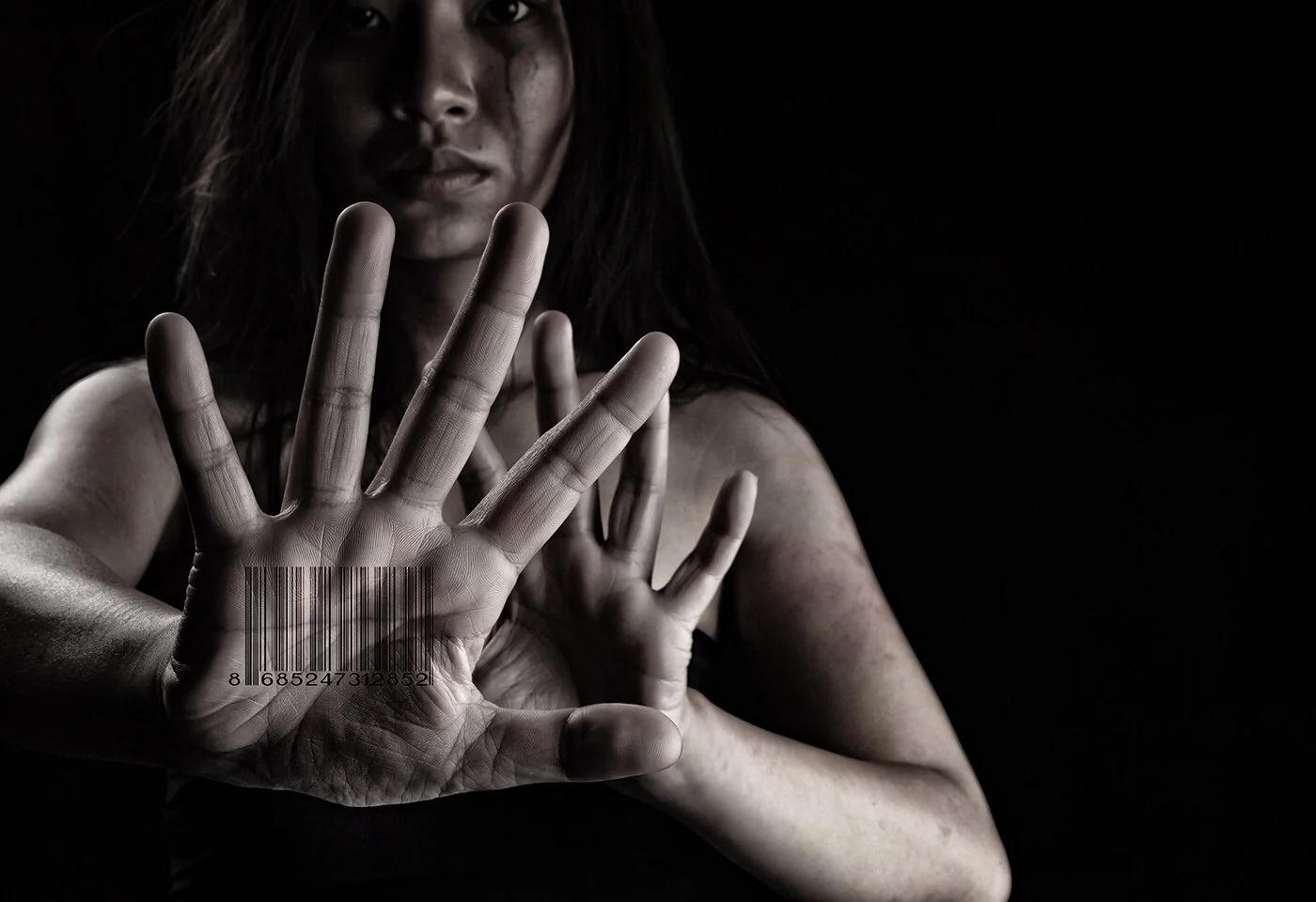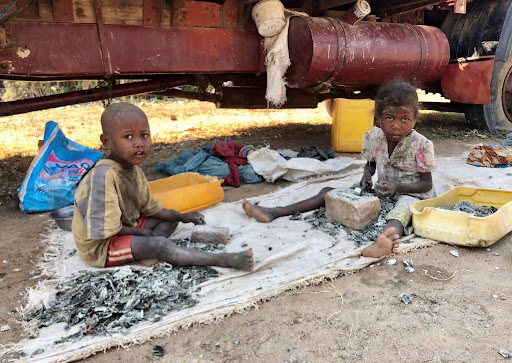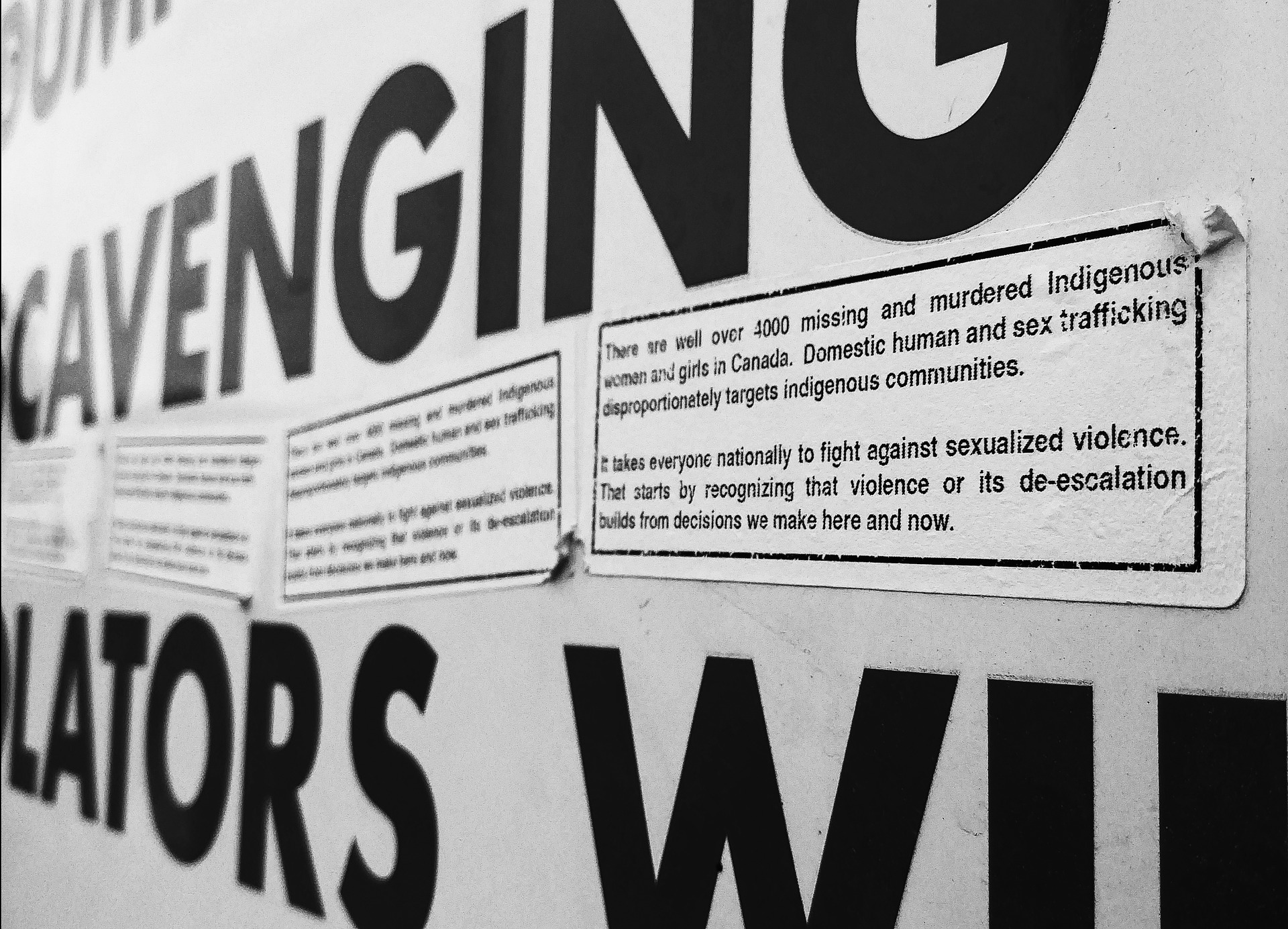113,000 children in the UK go missing each year, but only 1200 are abductions, what happens to the rest?
It was a billboard in the train station that struck me recently. A young 15 year old boy went missing over 30 years ago, blonde, and his haunting face stared back at me. This boy, now a man, is still missing, he was reported, someone did miss him, but he never returned.
Missing children are a regular feature in the news and on billboards, but I found myself contemplating how much awareness is really out there.
For a child to go missing, my first instinct is a kidnapping, but the reality is many children are runaways or from broken homes. I think most people think along similar lines and therefore the reality of the situation is somewhat hidden.
Why Would a Child Go Missing Unless They Had Been Taken?
Suburban childhoods are of course our only inclination, rather than the backgrounds of those who may have no other option than to leave. Children of broken homes and abusive situations are all too common, but these are not the children we see in the headlines and so the common narrative is to believe a child has been taken.
In fact, just under 113,000 children go missing in the United Kingdom each year. Of those 113,000, 1200 are abducted (2018/19). Many children are lost unbeknownst, irrespective of abduction. In the US, 460,000 children are reported missing. This is incredible, how can so many children go missing each year? According to the home office, those who go missing are most often in the 15-17 year old category, this is out of all missing person figures. It is also believed this number is not reflective of the real problem, as many missing children are not reported.
What seems to be even more incredible than the sheer amount of children who go missing each year, is the knowledge that so many are not reported.
How is it Possible for a Child to Go Missing and Not be Reported?
This is just incredulous.
The only logical explanation I can summon lies within the background these kids are exposed to. If a missing child has not been reported, it does suggest a background of abuse that may wish to go unnoticed. Or they could hail from neglect. A lot of children go missing each year, more than we even know, and there are so many who cannot be attributed to abduction.
Where Do All the Lost Children Go?
What happens to these children? It seems a lot of children are not abducted, yet still go missing and never return.
If so many children go missing, some of whom are never reported, there must be something larger at play.
Child trafficking is the term given to children who are solicited into leaving home for good, and used for sexual exploitation, workforce, drug transportation, and forced marriage. These children may be abducted or they may be solicited. In other words, they may be coerced into trusting people who later turn out to be their abductor, and enforcer into child slavery or sex trafficking.
As much as this seems incredulous to me, that children as old as 15-17 would fall into such a net, it happens only too often. If there is a history of abuse, and the child has left home to escape one nightmare, it is almost inevitable they will fall into another.
The recent documentary series on the Jeffrey Epstein scandal has highlighted a significant detail.
Why Trafficking Can Happen and Does Go On for years
Jeffrey Epstein and Ghislaine Maxwell were both charged in procuring a child sex trafficking ring. Epstein was a billionaire who, with the help of Ghislaine Maxwell, regularly lured young women to his home under the pretences of ‘massage’. As it transpired, these women were being lured into rape and sexual assault, that would last and transcend years.
Epstein procured well over 100 women it is believed. What came to light from these testimonies, was the situation these vulnerable women had come from. Each and every individual who came forward had a past. These women who have been abused by Epstein-well over 40 women have come forward, had a past history of abuse. In fact, Epstein and Maxwell came to know this history whilst befriending the girls, before later abusing them. Epstein was charged with abuse of a minor, whilst Maxwell has been charged with procurement (obtaining).
However, she is accused of conducting in the abuse by numerous individuals.
That is to say, the survivors of Jeffrey Epstein were all predominately abused before they came into contact with Epstein. If they had not experienced abuse directly, they were vulnerable in some other obvious regard. This ranged from hailing from a remote place to growing up with addicted parents in prison. Not to mention the vulnerability of age. Many of them came from poor and desperate situations. Epstein provided the ‘golden ticket’ in their eyes, but they were unbeknownst to where that ticket led.
And so it seems many other victims of trafficking, they are vulnerable, and they are lured with what they most want in life. For some it may be acceptance, for some it is money, for some it is education and notoriety, and for others it is a job. For whatever reason they follow the yellow brick road, their lives are changed forever and sometimes, irrevocably so.
They are the forgotten children who never return, and even if they do, they are never the same.
They are the stolen generation.

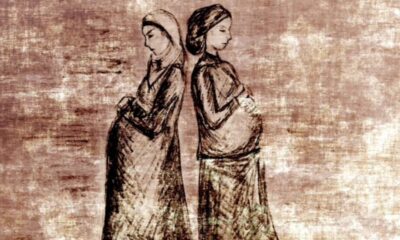

 Featured7 months ago
Featured7 months ago


 Featured4 years ago
Featured4 years ago
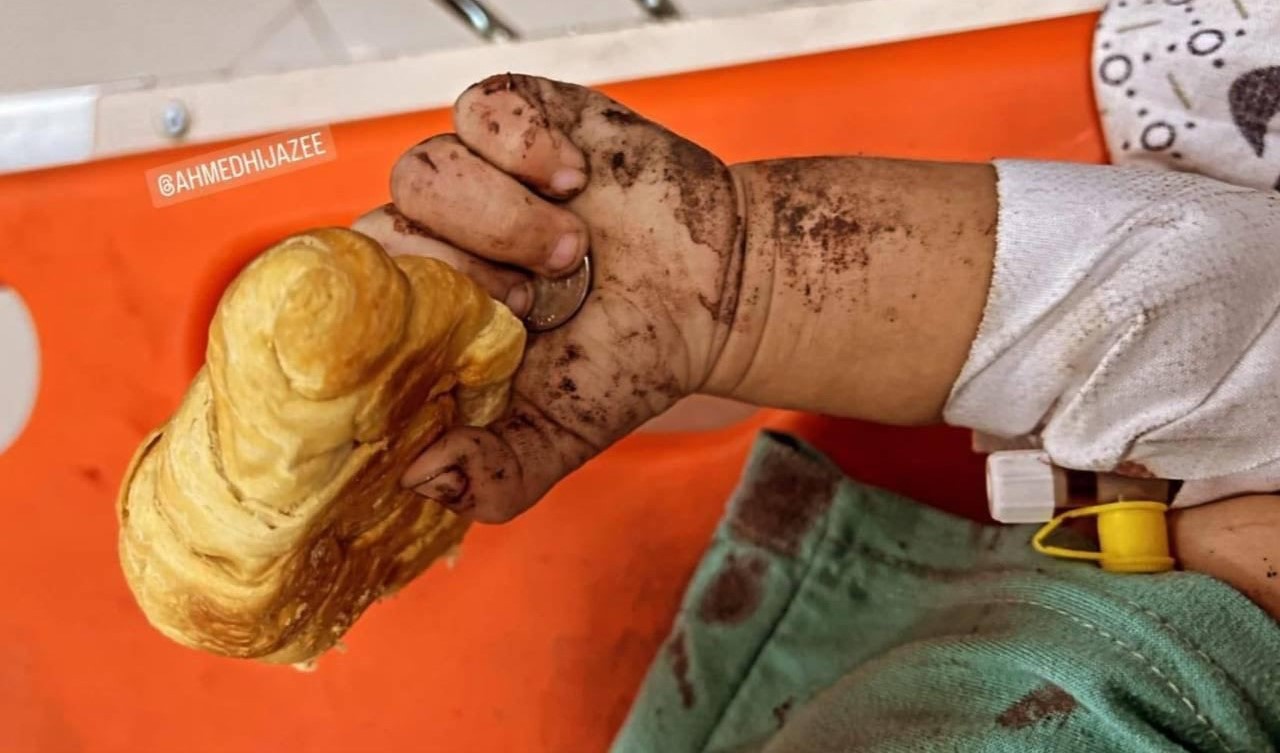

 Featured6 months ago
Featured6 months ago


 Featured1 year ago
Featured1 year ago
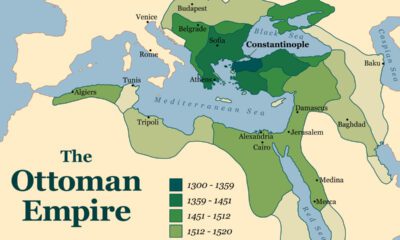

 Featured3 years ago
Featured3 years ago


 Featured2 years ago
Featured2 years ago


 Featured3 years ago
Featured3 years ago
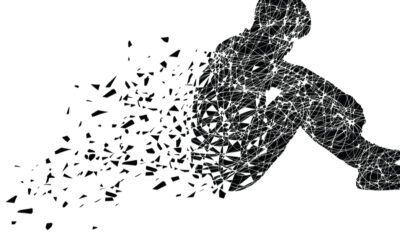

 Featured4 years ago
Featured4 years ago